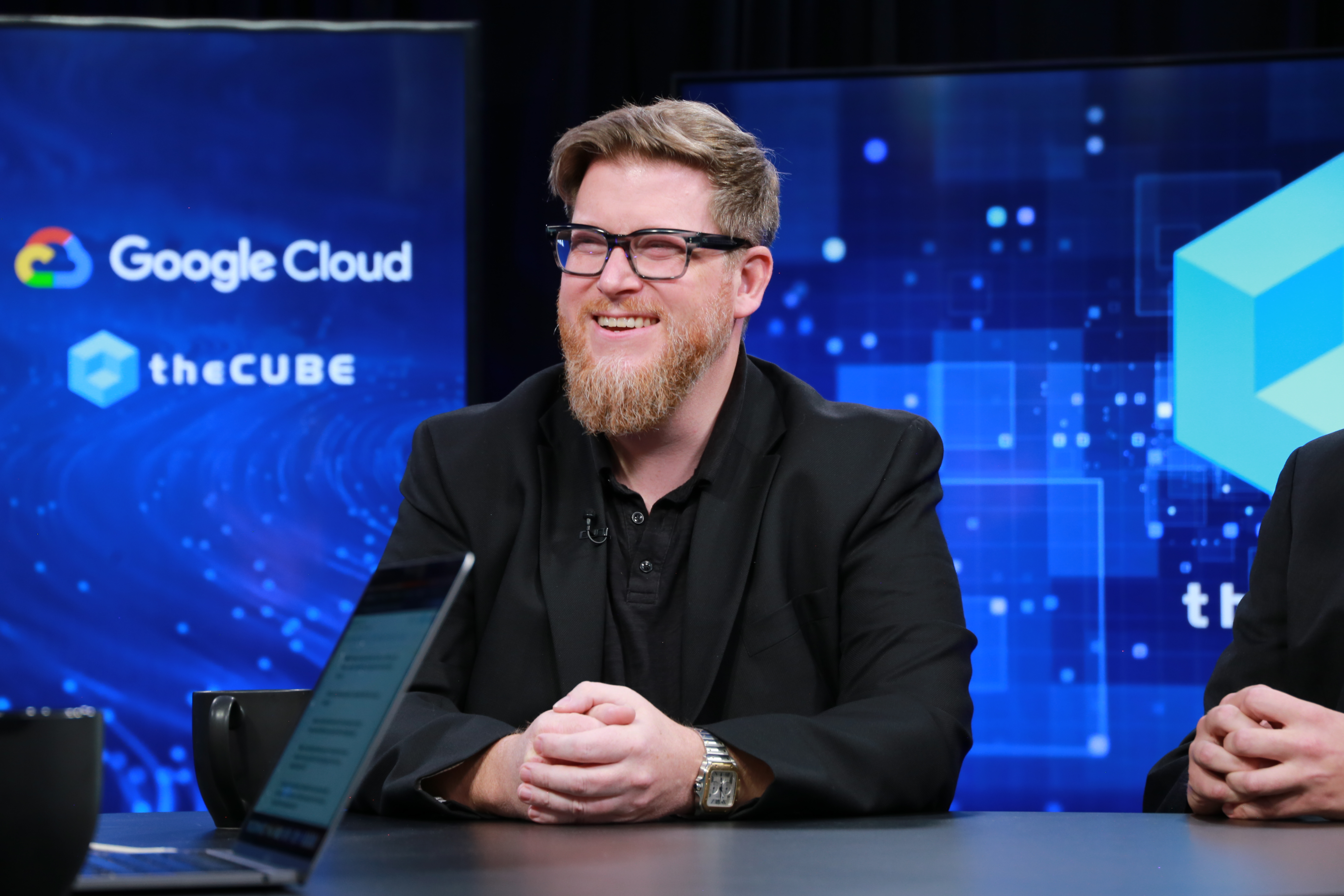 AI
AI
 AI
AI
 AI
AI
Artificial intelligence has a new grading system in the AI partner ecosystem. Novelty once earned top honors, but now the rubric favors measurability and clear governance.
At the Google Cloud AI Partner Series, leaders from Google Cloud and its strategic collaborators audited the move away from proofs of concept. Boards are demanding results and that pressure is changing how teams plan, fund and measure AI. Chief among these concerns is a larger paradigm shift, according to Eliot Danner, global managing director for Google Distributed Cloud at Google Cloud.
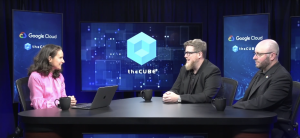
Sada’s Miles Ward and Google Cloud’s Eliot Danner talk with theCUBE about AI outcomes and the AI partner ecosystem.
“I think we went through sort of the era of experimentation and now we’re seeing the era of outcome expectation,” he said while speaking with theCUBE. “The mode that we’re in right now, I think, is the middle phase of customers going ‘We’ve experimented with it; we’ve got some ideas about what we could do.’ We didn’t actually see the results we expected in terms of actual revenue from the experimentation. Now we need to get into a more outcomes-driven approach.”
Danner and Miles Ward (pictured), chief technology officer of Sada Systems Inc., spoke with theCUBE’s Rebecca Knight for the Google Cloud Partner AI Series event, during an exclusive broadcast on theCUBE, SiliconANGLE Media’s livestreaming studio. They discussed how an outcomes-driven approach is underpinning Google Cloud’s AI partner ecosystem. (* Disclosure below.)
Here’s theCUBE’s complete video interview with Eliot Danner and Miles Ward:
Here are three insights you may have missed from theCUBE’s coverage of the event:
The AI partner ecosystem is being reframed as more than a toolchain — and more than a collection of contracts. Cloud speakers highlighted the consistent early access to emerging capabilities and tight roadmap feedback loops that partners get. But the teams that moved fastest paired product depth with industry context before any model touched production, according to Alexis Johnson, director of customer engineering, strategic AI and ISV, at Google Cloud.
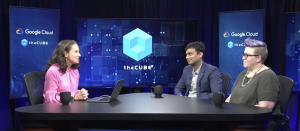
Google Cloud’s Alexis Johnson and NTT DATA’s Gaurav Goel discuss co-innovation and estate modernization for production agents.
“A partner like [NTT Data Inc.] is someone who deeply understands Google Cloud, but also deeply understands the industries and customers that they work with as well,” she told theCUBE. “They’re kind of like the glue and the gel that makes everything fit together.”
The ‘glue and gel’ underpinning co-innovation also shows up in the fundamentals. Enterprises in the AI partner ecosystem modernize estates with Google Cloud so that storage and access controls are aligned from the start, meaning agent adoption does not require a complete rewrite, according to Gaurav Goel, senior director of enterprise cloud and cloud transformation at NTT Data.
“That’s where we partnered with Google to develop AI transformation factory,” he said. “[For the] cloud transformation factory, where we can really modernize clients’ infrastructure and make it ready for AI enterprises.”
Data discipline then becomes a funding gate. Teams must treat data as an asset that is put to work from day one, according to Iliana Quinonez, director of customer engineering, North America startups, at Google Cloud.
“Think about your data and think about your data as a currency,” she told theCUBE. “That’s your new currency in business. The best you can do with your data is acquire, leverage, leave and secure it — and then put it to good use. It’s the new currency, and that’s an area that’s not going to change. There’s only going to be more data — more things to build up from.”
That gate is also where scale starts to show up in the numbers. Programs that invest in the data layer see value compound as agents move into real workflows and stay within policy, according to Rajeev Nayar, vice president of data and AI at Tiger Analytics.
“One of the things that people are beginning to realize is good AI requires good data,” he said. “Building the foundation of the data — making sure that you invest in that so that you can actually both scale your AI and get value out of it — is becoming a critical issue.”
Here’s theCUBE’s complete video interview with Iliana Quinonez and Rajeev Nayar:
Agentic systems are now taking on repetitive, high-volume work where policy compliance is critical. This means the AI isn’t just answering a question; it’s executing a multi-step workflow across different tools and endpoints. For enterprises still stuck in pilot purgatory, agentic deployment cannot be siloed, Clive D’Souza, director and head of partner engineering at Google Cloud, told theCUBE.
“It’s all about orchestration and not about isolation,” he said. “[As with] all things AI, it’s a data story, and we always go and say that if your data within your entire enterprise data corpus is not integrated, you don’t have a data strategy — you’re going to fail.”
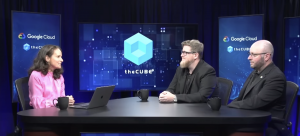
PwC’s Vikas Agarwal and Google Cloud’s Clive D’Souza discuss agent orchestration, data strategy and deployment.
Another key to success is careful back-testing and scoped permissions, which allow the systems to turn tedious, high-risk tasks into secure, closed-loop flows. Many examples of this transition exist, including a program that optimized a call center from 2,000 to 1,000 seats, according to Vikas Agarwal, chief technology and innovation officer of PwC Advisory, PwC US. Another legal workflow reduced a 200-person paralegal team to just 20 by using agents to translate statutes to plain English with built-in checks, a transformation only made possible with client confidence.
“It was an even greater gain,” he said, referencing how the deployment performed well above expectations. “But all they were doing was something that with the right context, we were able to back-test. We were able to prove it’s safe.”
Here’s theCUBE’s complete video interview with Clive D’Souza and Vikas Agarwal:
As models and agents fan out across different providers and hybrid infrastructure, the attack surface shifts away from a neat — and more easily defensible — network perimeter. While agentic AI has vast potential for improving workflows, bad actors also have access to new tools, according to John Maddison, chief product and corporate marketing officer at F5 Inc. Adversarial testing — such as through F5’s recently-acquired Calypso AI — is now becoming a standing practice, not a one-time audit.
“[Calpyso AI is] really focused on protecting models; not just a specific model, but up to 12 different models out there,” he said while speaking with theCUBE. “In fact, they run about 10,000 attacks each month against the different models and give them a ranking and then put it into the product.”
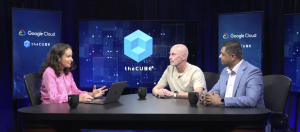
F5’s John Maddison and Google Cloud’s Prerak Mehta discuss model-aware security across hybrid and multicloud.
Joint engineering efforts are essential to meet customers where they actually run: hybrid and multicloud estates with strict data boundaries. The value in the AI partner ecosystem shines in complex deployments that span multicloud to premises and beyond. This allows the traffic of large language learning models and sensitive payloads to stay within policy while performance remains stable, a non-negotiable requirement for highly regulated industries.
“The value of this partnership really shines in multicloud, in on-prem and Google hybrid installations,” he noted.
That type of discipline extends into defense as agents begin to interact across clouds and vendors. The next wave of risk comes from AI attacking AI and it calls for a security layer that spans endpoints and coordinates across entities, according to Prerak Mehta, director of customer engineering, strategic AI and ISV, North America, at Google Cloud.
“The biggest threat we have today securing AI models is from other AI,” he said. “When you are interacting with multiple entities … You need a security layer that is looking from a layer above — end-to-end between endpoints.”
Here’s theCUBE’s complete video interview with John Maddison and Prerak Mehta:
To watch more of theCUBE’s coverage of Google Cloud AI Partner Series event, here’s our complete video playlist:
(* Disclosure: Google LLC sponsored this segment of theCUBE. Neither Google nor other sponsors have editorial control over content on theCUBE or SiliconANGLE.)
Support our mission to keep content open and free by engaging with theCUBE community. Join theCUBE’s Alumni Trust Network, where technology leaders connect, share intelligence and create opportunities.
Founded by tech visionaries John Furrier and Dave Vellante, SiliconANGLE Media has built a dynamic ecosystem of industry-leading digital media brands that reach 15+ million elite tech professionals. Our new proprietary theCUBE AI Video Cloud is breaking ground in audience interaction, leveraging theCUBEai.com neural network to help technology companies make data-driven decisions and stay at the forefront of industry conversations.